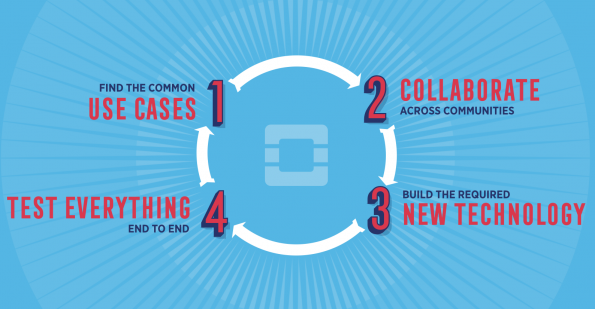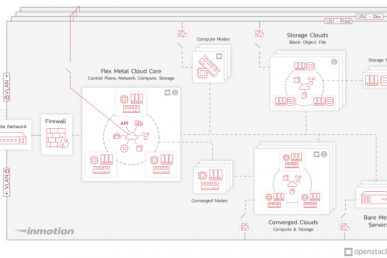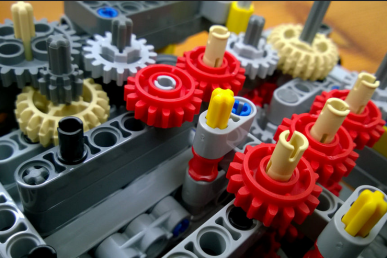The demand for open infrastructure is expanding rapidly, a building boom driven by new use cases. It’s as if we started out seven years ago with a starter set of Lego bricks and now people are building CERN’s Atlas detector with it. A few of these exciting new uses include NFV, internet of things, edge computing, container workloads, serverless architecture and machine learning/artificial intelligence.
With 85,000 community members and an average of 220 merged patches every week, OpenStack is already one of the largest and most active open source communities in history. Over the past year, we’ve been working on steps to ensure the Foundation is meeting this unprecedented demand and serving our vast and diverse user base.
We helped devise the original building blocks for thousands of clouds, and we want to understand how to serve communities as they construct the future of infrastructure. The biggest problem in open source today is not innovation, it’s integration. How all of these projects fit together (or often how they don’t – no matter how hard you hammer them) is what causes the most headaches for users — and often leads them back to buying closed, proprietary products out of frustration.
Recognizing that pain point, the OpenStack Foundation plans to host new open source projects that tightly align with OpenStack’s mission to build open infrastructure, without necessarily becoming part of the original set of OpenStack datacenter cloud projects. Previously, we added functionality for new use cases and verticals directly within OpenStack, however we learned that approach ultimately diluted the meaning of OpenStack and caused confusion about which services were production-ready and which ones were emerging. This approach (sometimes called “the Big Tent”) was centered around innovation, but success in open source today also requires integration.
This week at KubeCon, we are launching Kata Containers, a new project that combines the Intel Clear Containers and Hyper runV technologies to create an open standard for virtualized containers and build a community around it. We view the technology as lower level container infrastructure that is designed to plug seamlessly into the container ecosystem.
The OpenStack Foundation plans to continue investing in building this integration for open infrastructure. We’re following a four-pronged strategy for these investments: develop and document joint use cases, support cross-community contributions, host new projects for the “glue” that ties core components together, and implement cross-community testing.

What’s next?
We’ve already been laying the foundation for this new structure in a number of ways. This base will strengthen the ties we’ve been forging with adjacent communities over the last three years. Some ways we’ve been building it include collaboration between components and communities, like the work that is happening between the OpenStack and Kubernetes communities this week at KubeCon. We have also introduced new projects focused on practicalities of deploying software together with the recent addition of OpenStack-Helm and OpenStack LOCI and prioritized testing end-to-end systems, supporting community initiatives like OpenLab.
Through all these activities, we intend to strengthen relationships and integration testing across open source projects, including those hosted at the Linux Foundation, Apache Software Foundation and others. We believe in the power of open source and that open-source organizations should lead by example in demonstrating this collaboration.
We want to hear from you as we decide where to focus our efforts and engage our community resources. Together, we’re building an impressive future for open infrastructure.
- Building out OpenStack’s integration engine - December 5, 2017
- OpenStack: the platform for VMs, containers, and the next big thing - July 30, 2015
- If You Have Enough Fast, Anything Is Possible - August 5, 2014

)










